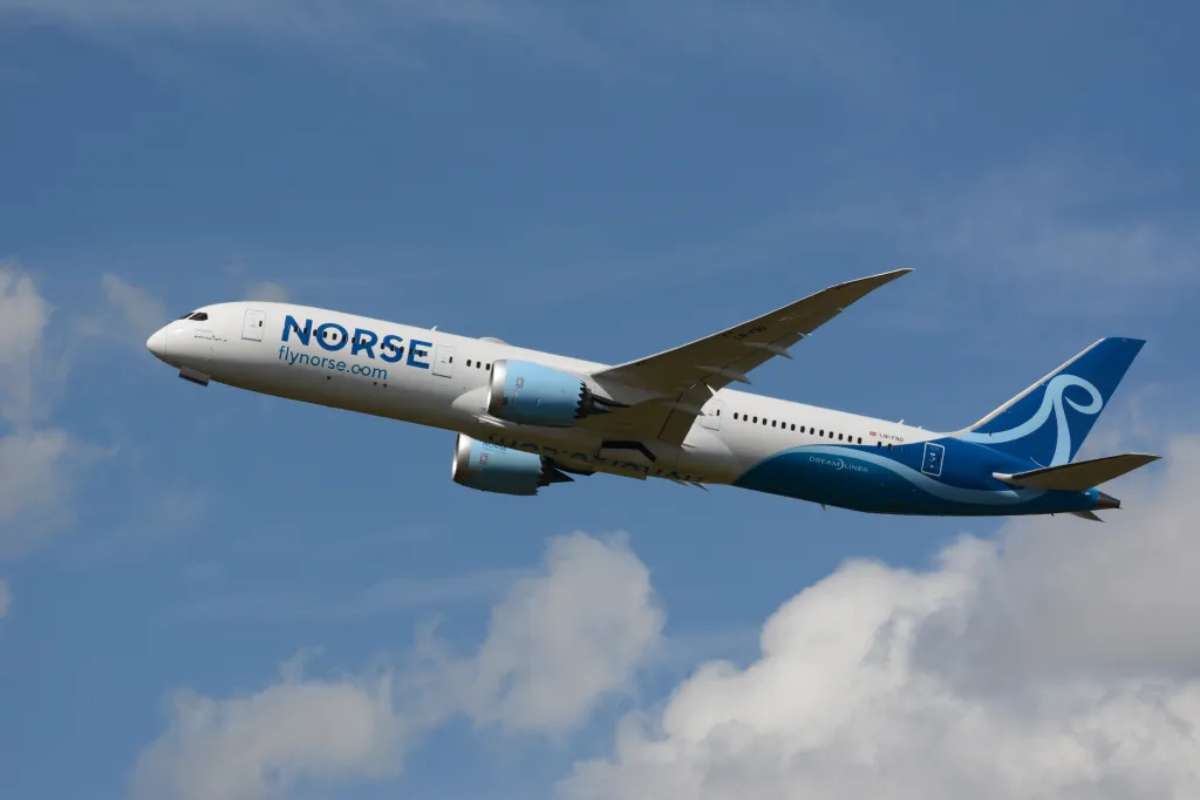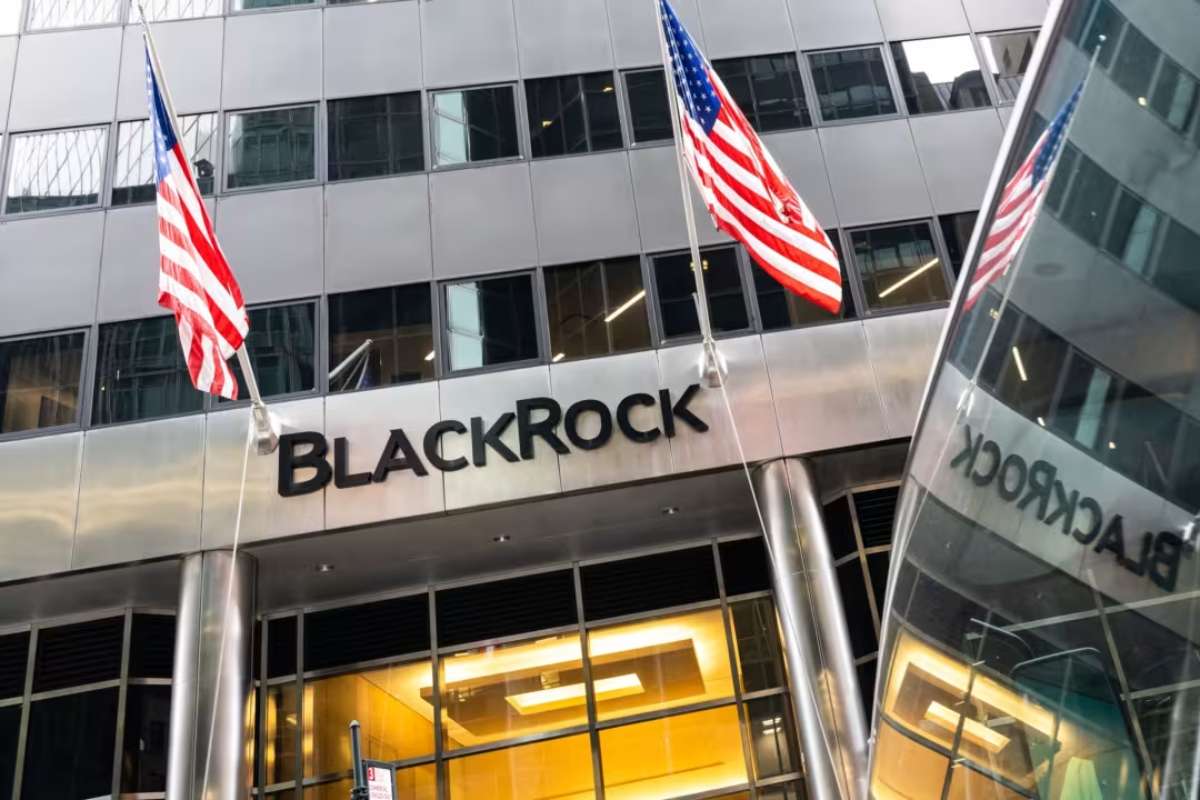AkzoNobel has launched a groundbreaking thermal insulation coating system in China, designed to reduce building surface temperatures and boost energy efficiency. Developed by the company’s Decorative Paints division, the advanced coating system mimics the function of sunscreen by reflecting heat and radiating thermal energy away from structures. According to the company, the system can lower exterior surface temperatures by up to 10% during peak summer months compared to standard coatings.
The cooling system, which comprises a radiative cooling topcoat and a thermal radiation barrier mid-coat, utilizes passive radiative cooling a process that releases absorbed heat into outer space without the need for active energy consumption. This innovation has already been tested on multiple buildings in the Lingang area of the Shanghai Pilot Free Trade Zone, demonstrating promising results in reducing thermal load.
Karen Yin, Director of Decorative Paints China North Asia and President of AkzoNobel Coating System of China, described the development as a major advancement in sustainable architecture. “This is a significant breakthrough in architectural coatings and opens up new avenues for energy-efficient building renovations,” she said, highlighting the system’s potential in supporting China’s dual-carbon goals to reduce overall emissions and carbon intensity.
Advanced Material Science Drives High-Performance Cooling
What sets this new system apart is its use of cutting-edge materials. The mid-coat contains advanced aerogel insulation known for its ultra-low thermal conductivity, which acts as an effective heat barrier, blocking the transfer and infiltration of external heat. Complementing this is the newly formulated topcoat, an upgraded version of traditional heat-reflective coatings, which provides enhanced solar reflectivity.
Together, these coatings dramatically reduce solar heat absorption. Additionally, both layers are environmentally friendly, being fully water-based and low in volatile organic compounds (VOCs), making them safer for both users and the environment.
Karen Yin emphasized the ease of understanding the science behind the innovation despite its technical complexity. “A ‘normal’ exterior coating heats up in the sun because it absorbs sunlight. A heat-reflective coating absorbs less, so it heats up less. But our new cool coatings barely absorb any sunlight and efficiently radiate the heat away, so they don’t heat up at all,” she explained.
Supporting Green Goals and Urban Sustainability
The new coating system not only enhances comfort for building occupants but also contributes meaningfully to broader environmental goals. It is particularly well-suited for retrofitting existing buildings, where improving insulation without extensive structural changes is often challenging. By reducing the need for air conditioning, the coatings help lower electricity consumption, indirectly supporting carbon reduction strategies.
AkzoNobel Coating System has validated the system’s performance through internal testing, confirming its ability to reduce heat transfer and maintain cooler interior environments. The company views this technology as a pivotal step in promoting greener, more sustainable urban spaces.
With this launch, AkzoNobel Coating System is positioning itself at the forefront of climate-resilient architecture, aligning its product innovation with national policy and global sustainability trends.
Visit Visionary CIOs for most recent information.











